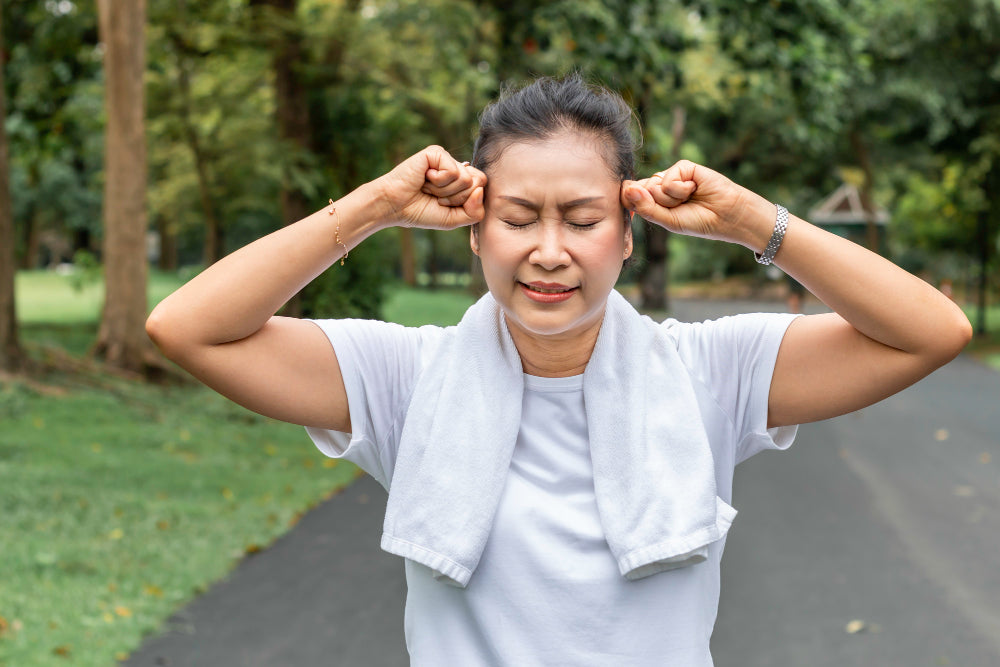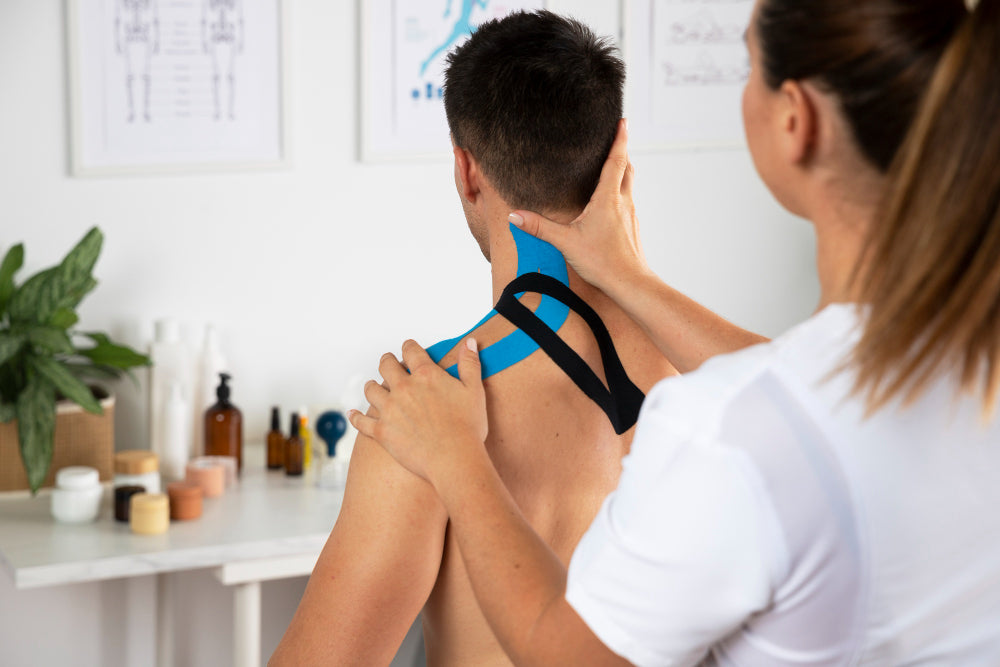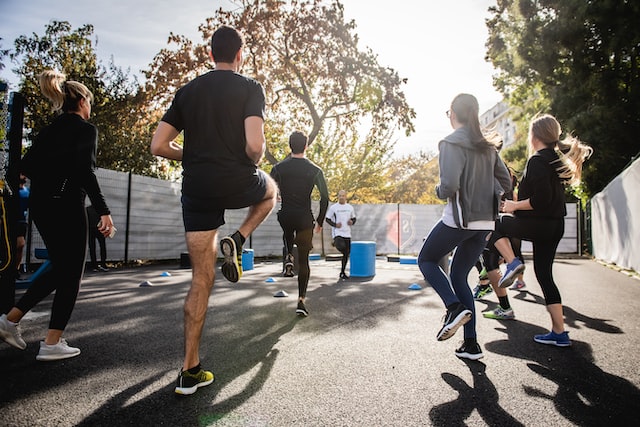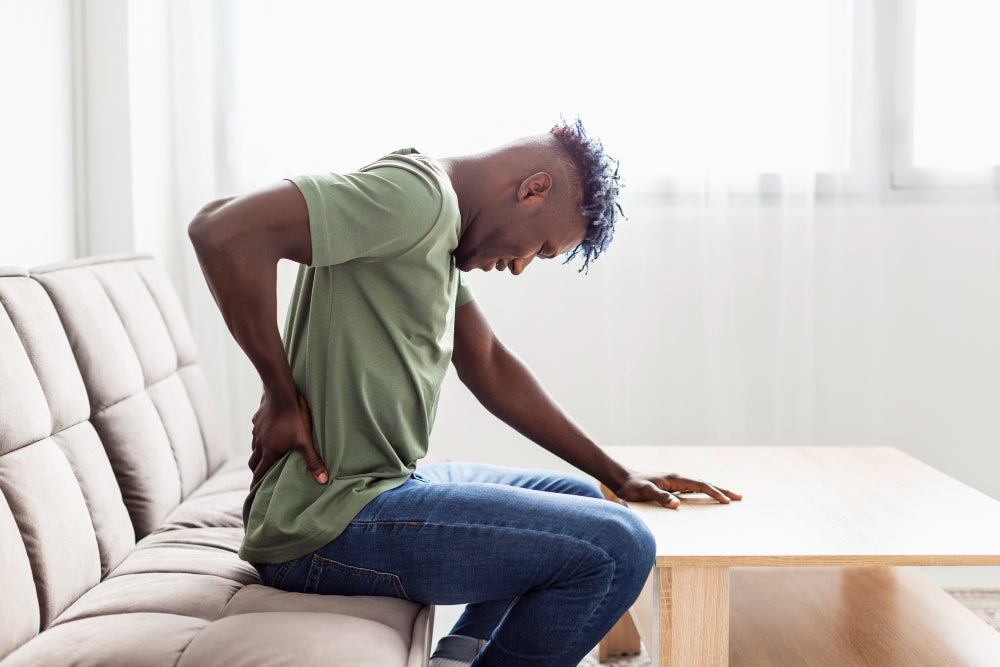There is an old saying that pain lets you know you’re alive, and back pain makes you wish you weren’t. Hyperbole? Maybe. However, back pain can be so debilitating that it makes every other movement agonising as well. It can mean months and months of physical therapy, so it is worth getting on top of it early. Today, we will explore the various causes and types of back pain, as well as some potential remedies to get you back on your feet in no time.
What puts me at risk?
- Age. Sadly, we tend to wear ourselves out as time goes by, so the rate of back pain begins to increase around the age of 30 and is exponentially higher after 40. It is usually because you have developed bad habits and movements over time that will eventually begin to cause problems as your bones weaken.
- Lack of exercise. Again, this is closely linked to ageing. But even in youth, if you have a weak core or underdeveloped back muscles, you might compensate by moving in a way that is actually putting unnecessary strain on other back muscles. Over time, this will start to manifest as back pain. To avoid this, you should aim to get around 150 minutes of strenuous exercise a week, spaced out across three different sessions. Ideally, this will involve cardio, and resistance training to make sure that every part of your body is getting a work out.
- Excess weight. If you are carrying around more kegs than you ought, it just adds extra stress to your back.
- Poor technique. Anyone who has ever undergone any workplace training will know the old mantra ‘lift with your knees, not with your back’. This is actually incredibly important as your technique can play a massive role.
What are the various kinds of back pain?
- Muscular strains: This is when you’ve overused the muscles or tendons and they strain or tear. This can have a range of symptoms, such as localised back pain, the spasming of the muscles or general stiffness. Depending on which muscle group you have strained, the pain could be either dull or sharp and jabbing. If you’re experiencing this pain, you need to get some RICE happening. Rest as much as you can to give the muscle group time to recover. Where possible, apply Ice to the affected area for the first 48 hours. Consider doing this for 20 minute intervals at least three times a day. When you aren’t icing it, remember to Compress the affected area. Finally, you need to Elevate. This is a bit of a strange one with your back, but it does mean you shouldn’t spend too long lying down. Finally, you can take an anti-inflammatory like Panamax vs Panadol or Ibuprofen to minimise the swelling. If you’re concerned about the difference between Panamax vs Panadol, don’t panic. They are both the same drug.
- Herniated disks: This is no fun. Basically, your spine is comprised of different disks which all align to help you move. Think of the way the tread of a tank all fits together. It is a similar effect here. Now, these disks are all filled with spinal fluid, but if the disks are damaged or weakened (herniated), it can leak out causing pain to the surrounding nerves. Again, RICE and Panamax vs Panadol will go a long way in alleviating the pain.
Of course, prevention is always better than a cure. Here are a number of things you can do to get on the front foot with your back pain.
- Exercise. If you are concerned about back pain, you need to keep up your regular exercise, but it needs to be tailored somewhat. Some high impact activities like netball or football will be counter productive. Consider something like yoga or weight training. If nothing else, walking or swimming are both very strong choices.
- Keep off those excess kilograms. Again, it just ensures that you aren’t adding extra stress to your back. A combination of exercise and monitoring your diet will go a long way here.
- Quit smoking. For those at home playing ‘Health Blog Bingo’, you can stamp this one off. Smoking can ruin your back in a number of ways. The chemicals found in each cigarette actually cause inflammation which neither Panamax vs Panadol is able to quell. These same chemicals constrict your blood vessels which means you have less blood flowing through your spine. Also, smoking generally weakens your bones which means you are much more likely to fracture disks.
- Be intentional in how you stand. Most people actually slouch without realising it. You actually want to:
- Keep your shoulders back, rather than rolled forward
- Engage your core so that you aren’t pulling up your torso with your back muscles.
- Try not to stand on one foot for too long. Distribute your weight evenly
- Wear smart shoes. Many people exacerbate back pain by wearing shoes with horrible arch support in the name of fashion. But unless you can make a back brace fashionable in a few years time, you need to think about the kinds of shoes you’re wearing today. The best shoes will have cushioning to help absorb the shock of each step, hell support to help you to stabilise your feet with each step, should fit well so your feet aren’t slipping around with every step, and should should have good arch support to distribute the weight evenly across your foot
- You should sit down more intentionally. The chairs you sink into should have good lower back support and armrests.
At the end of the day, you need to look after your back while you are still in good health because it is notoriously difficult to rehabilitate back issues. It is such a central part of your body that all movements become difficult if you are experiencing pain. If you are experiencing severe pain, you should talk to your GP sooner rather than later.
Good luck!



















































